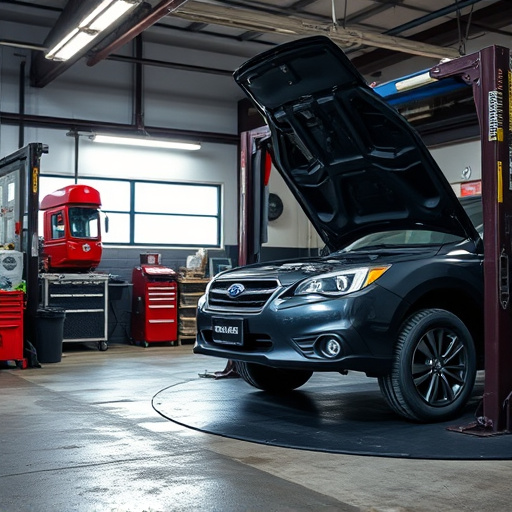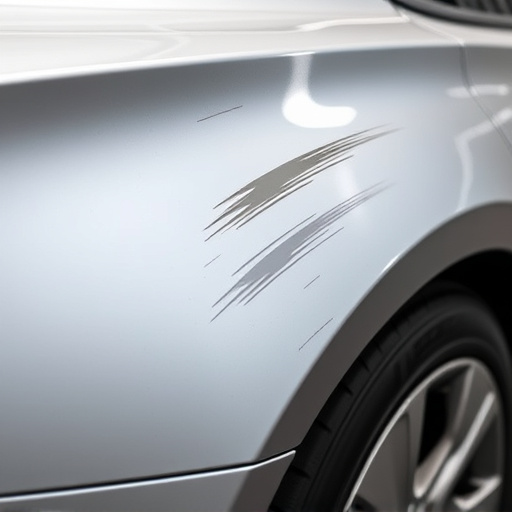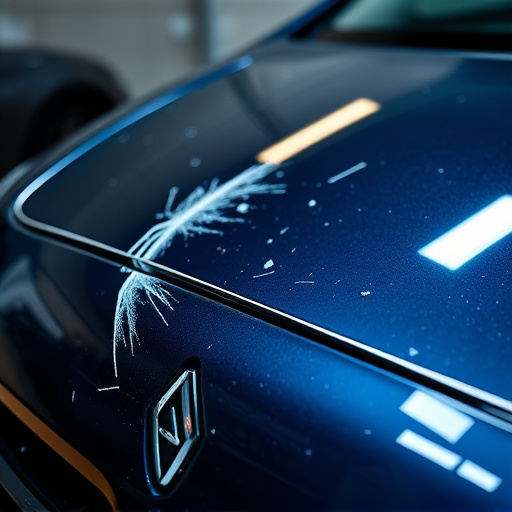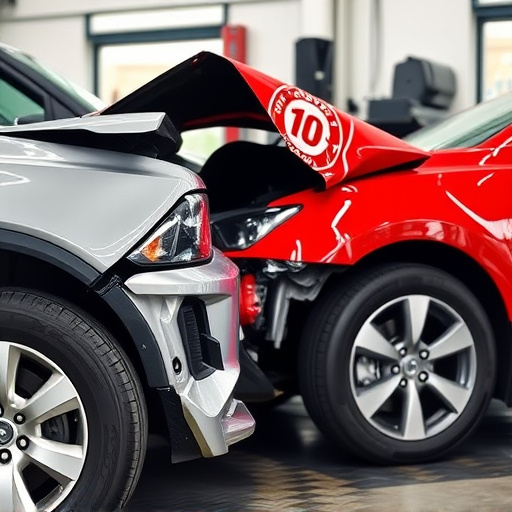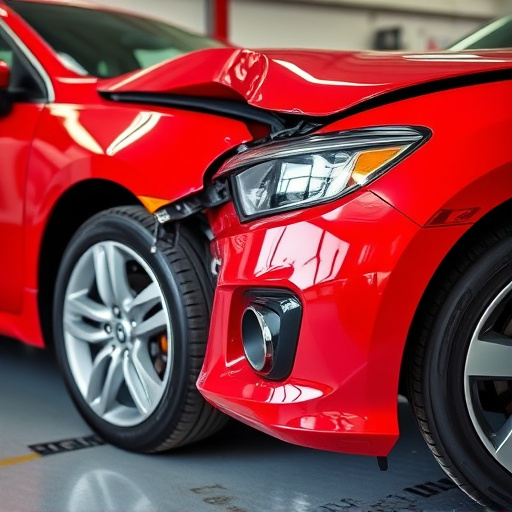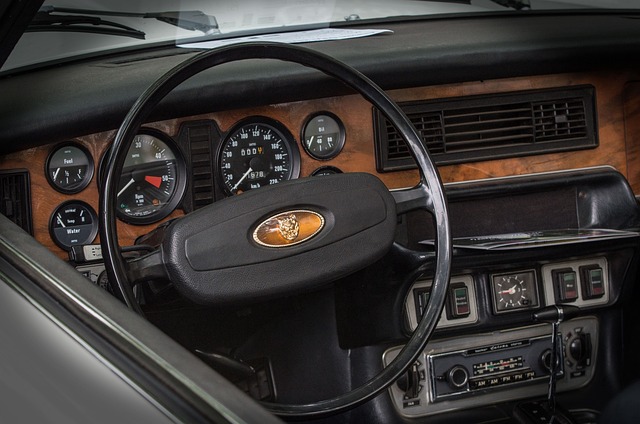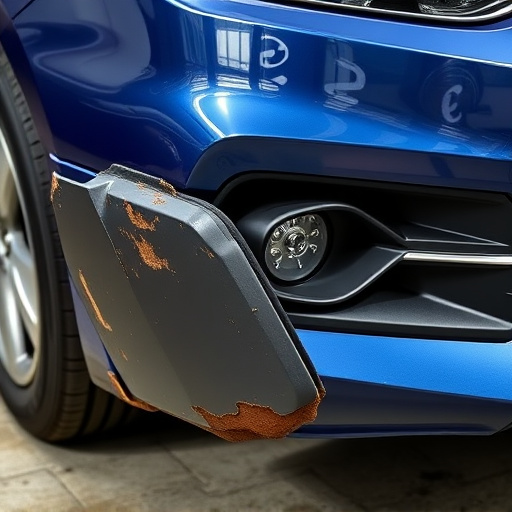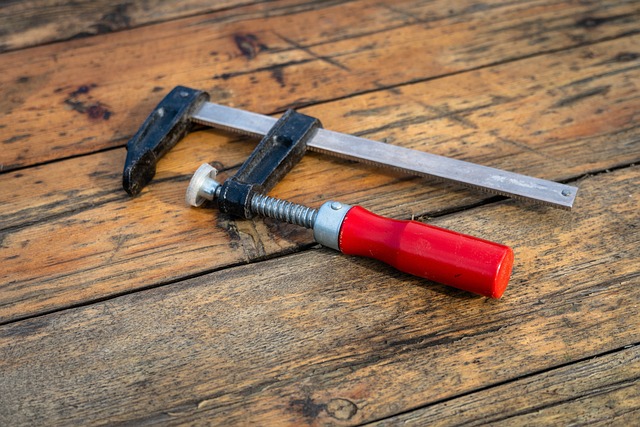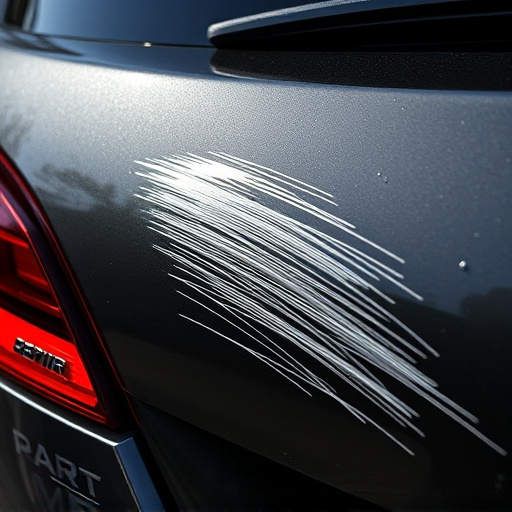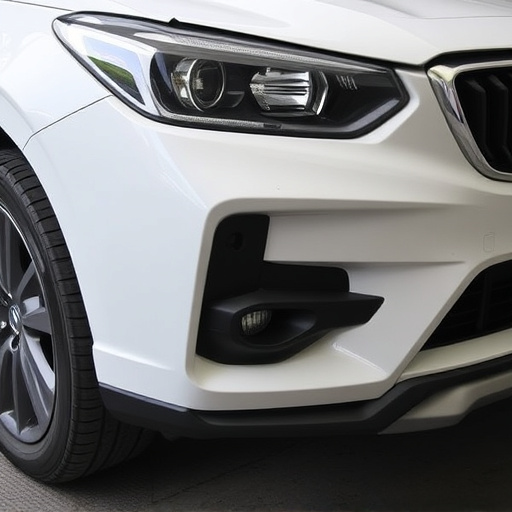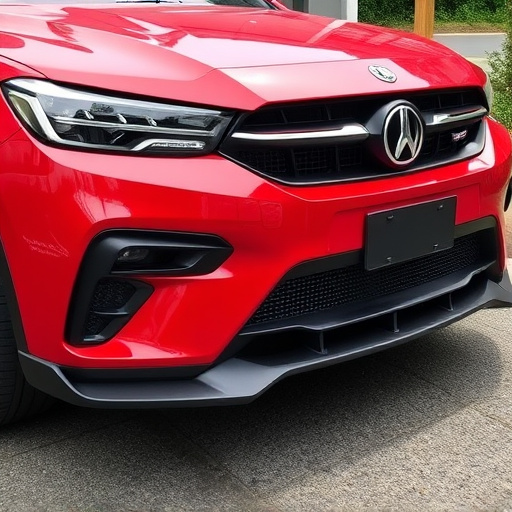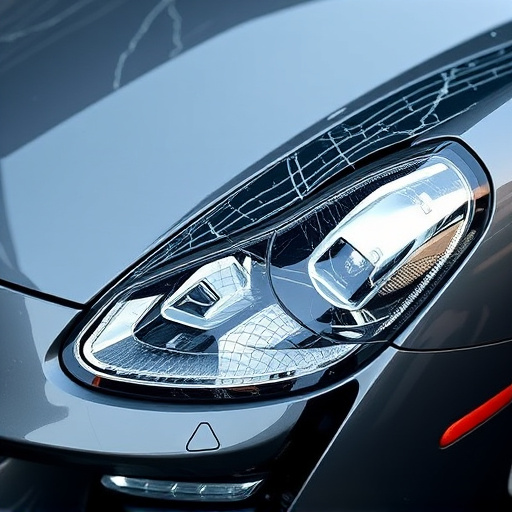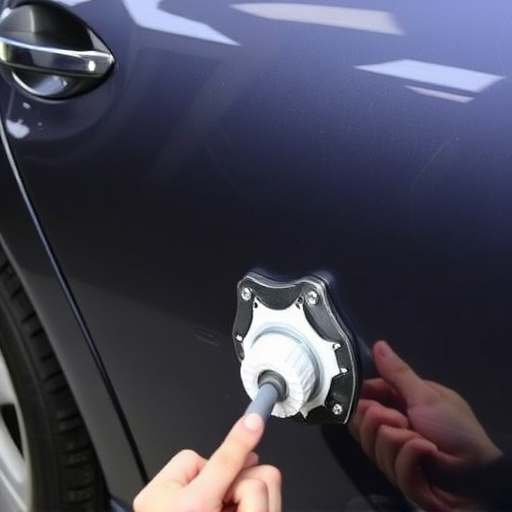Tesla's structural aluminum design enhances vehicle performance and safety with reduced weight and increased rigidity compared to steel frames. Specialized repair techniques are crucial for maintaining integrity after misalignments or accidents. Owners should watch for signs of misalignment like uneven tire wear or body panel deformities. Professional shops use advanced tools and diagnostics, adjusting suspension parts and steering components as needed. Precise repair methods, adhering to manufacturer guidelines, ensure structural and aesthetic durability, particularly for complex Mercedes Benz collision repairs.
Tesla’s innovative use of structural aluminum in their vehicle construction offers lightweight strength, but requires meticulous care during repairs. When misalignment of the chassis occurs, it’s crucial to address it promptly. This article delves into the intricacies of Tesla’s design, teaches readers how to detect and diagnose chassis misalignment, and provides an overview of repair techniques for optimal structural integrity after an accident. Learn about the best practices for Tesla structural aluminum repair.
- Understanding Tesla's Structural Aluminum Design
- Detecting and Diagnosing Chassis Misalignment
- Repair Techniques for Optimal Results
Understanding Tesla's Structural Aluminum Design
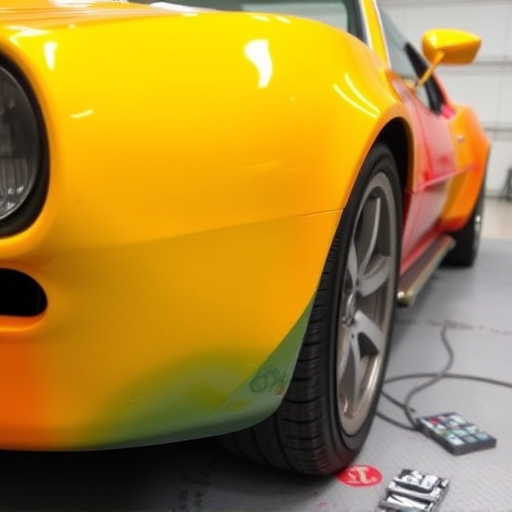
Tesla’s structural aluminum design is a revolutionary approach to automotive manufacturing, emphasizing lightweight materials for improved performance and fuel efficiency. This innovative use of aluminum alloy in the chassis offers several advantages over traditional steel frames, such as reduced weight, increased rigidity, and enhanced crash safety. The material’s strength-to-weight ratio allows for more agile handling and better overall vehicle dynamics.
When it comes to repairs, especially after misalignments or accidents, Tesla structural aluminum repair is a specialized skill. Unlike conventional car dent repair or auto glass replacement, which involves specific techniques for each model, Tesla’s design requires precise knowledge of the unique aluminum alloy used and its properties. This ensures that any repair maintains the integrity and structural soundness of the vehicle, preserving its performance and safety features.
Detecting and Diagnosing Chassis Misalignment

Detecting chassis misalignment in a Tesla with structural aluminum is crucial for maintaining its integrity and safety. Owners should look out for signs like uneven tire wear, visual deformities in the body panels, or an abnormal ride height discrepancy between opposite sides of the vehicle. A professional auto repair shop equipped with specialized tools can perform a thorough inspection using advanced diagnostic techniques to accurately identify the extent of misalignment.
Diagnosing the issue involves assessing various components such as suspension parts, control arms, ball joints, and steering components for any damage or wear. Collision repair services might be required if misalignment is significant, impacting the vehicle’s structural integrity. Skilled technicians will employ methods like measuring wheel alignment angles, utilizing laser scanners for precise data, and comparing it with factory specifications to determine the best course of action, whether it’s simple adjustments or comprehensive auto body repair.
Repair Techniques for Optimal Results
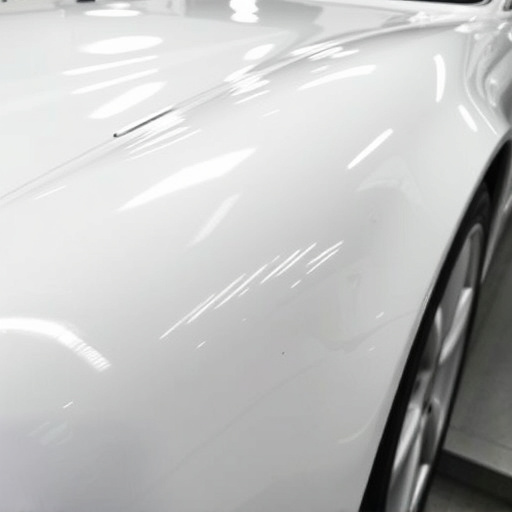
When it comes to Tesla structural aluminum repair after chassis misalignment, the techniques employed are paramount for achieving optimal results. The first step involves meticulous inspection using specialized tools to identify and measure the extent of misalignment. This is crucial as it determines the precise repair methods needed, whether it’s realigning panels, replacing damaged components, or utilizing advanced welding techniques specific to aluminum.
For Tesla structural aluminum repair, experienced technicians often turn to a combination of manual adjustments and computer-aided technology. This ensures accurate restoration of the vehicle’s original structure. Additionally, using high-quality materials and adhering to manufacturer guidelines for car paint repair is essential to maintain the aesthetic integrity and long-term durability of the repair. Some collision repair centers even employ innovative techniques like robotic welding or advanced bonding agents, which can be particularly effective for complex Mercedes Benz collision repairs.
Tesla’s innovative use of structural aluminum in their vehicle construction presents both advantages and challenges, particularly regarding chassis misalignment. By understanding the unique properties of this material and implementing effective repair techniques, enthusiasts can ensure their electric vehicles maintain optimal performance and structural integrity. Through prompt detection and diagnosis, followed by precise repair methods, Tesla owners can address chassis misalignment issues, enhancing both safety and the overall driving experience. This approach ensures that Tesla’s iconic vehicles continue to revolutionize the roads while preserving their superior engineering.
